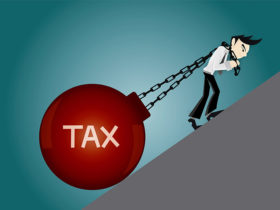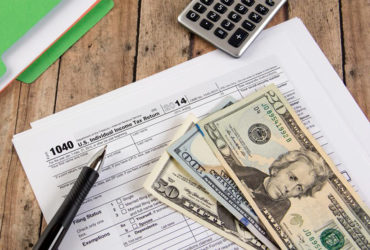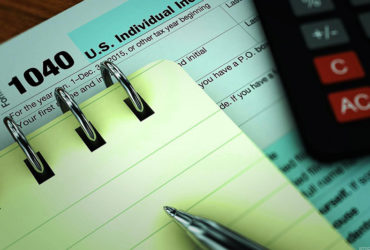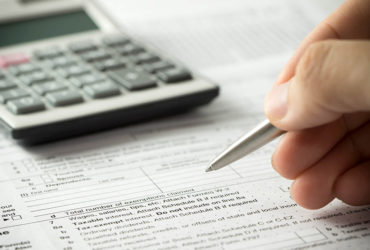What is a Treasury Offset?
Under this Treasury Offset Program, the Financial Management Service, a bureau of the US Department of Treasury will offset Federal and/or State payments if a borrower fails to pay their obligation. While the most common type of Federal payment offset is Federal income tax refunds, several other types, including social security benefit payments, are also eligible for full or partial offset. In other words, if a borrower has an outstanding debt and they have incoming social security benefits, this too can be subjected to the offset.
In addition to defaulted debts held by ED, defaulted loans held by guaranty agencies are also included in the process.
Other Federal and State agencies also certify debts for offset, but Department of Ed has historically been responsible for the largest volume of offsets. As a result, many tax professionals, and even the IRS, will automatically assume that an offset has been requested by the Department of Ed when, in fact, it may have gone to some other Federal or State debt.
State Payments
State payments (e.g., State tax refunds), in addition to Federal payments, may be offset in the Treasury offset program. Just recently the treasury was requested to offset both Federal and State payments on out standing federal student loans.
What is a Treasury Offset?
The purpose of a Treasury offset is to recover the amounts for the Federal taxpayers without the cost of litigation fees. It was created to basically recover the unpaid debts arising from federally supported activities, which include student financial assistance.
Since 1986 the Department of Education has referred millions of defaulted student loan debts and grant claims to the Department of Treasury for collection by offseting against federal and/or state income tax refunds and any other payments authorized by law. The Department of Ed can request that Department of Treasury arrange an offset to collect any Federal defaulted student loan debt or grant claim. Once the Department of Educations refers a delinquent borrower to the treasury department these group of debtors are considered to be certified permanently as long as the account is in an active defaulted status (outstanding).
What does it mean if I am certified?
Once Department of Ed certifies a defaulted account for treasury offset, that account will remain certified for the life of the defaulted balance unless it is inactivated by law (e.g. active bankruptcies). Once certified, borrowers may not avoid offset simply by making voluntary payments. Borrowers may avoid offset by resolving the account through satisfying their account in full, settlement compromise (Partial pay-offs), completing the rehabilitation payment program, consolidation, or discharge by dispute. In other words, if a borrower is not disputing the account they would need to either pay the balance in full or bring the account back to a current status.
How can I check if I am certified for Treasury offsets?
There are several ways to go about checking if a defaulted loan holder is certified for Treasury offset. The most common route would be to contact Department of Ed directly; however in most instances the Department of Ed’s customer service call center will often refer a borrower to the assigned collection agency currently holding the loan. A borrower is able to check with the collection agency if they have been certified for the offset because the collection agency has access to the same system as Department of Ed’s customer service representatives. As mentioned above, these agencies are notorious for falsely advising borrowers by twisting their word tracks in their favor. The collection agency’s main intent is to receive a commission from the Department of Ed for resolving the account so it may not be the wisest route. The best route to receive an unbiased answer would be to contact the Treasury Department directly. Most defaulted student loan holders are unaware that the Treasury Department has designated a call center to solely service individuals certified for Treasury offsets.
Department of Education’s customer service number: (800) 621-3115
Treasury Department’s designated offset call center: (800)304-3107
Other things that you might want to know:
Are there different types of compromises?
Standard compromises are compromises where the borrower:
-
Pays only the current principal and interest (waiver of projected collection costs/fees)
-
Pays at least the current principal and half the interest (50%); or,
-
Pays at least 90% of the current principal and interest balance
What is the Rehabilitation payment program?
Rehabilitation payment program is the process by which a federal agency or a third-party given authority by a Federal agency, assess the borrower’s financial situation to allow a payment arrangement. Through this process at the Dept. of Ed and the agency’s discretion, the debtors will be allowed to repay their student loans through installment arrangements (payments). Only after the necessary documents have been obtained by Dept. of ED and the 3rd party agency the borrowers can complete the number of consistent payments required in order to successfully rehabilitate.
















